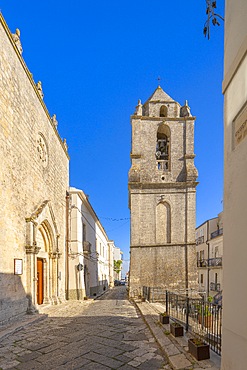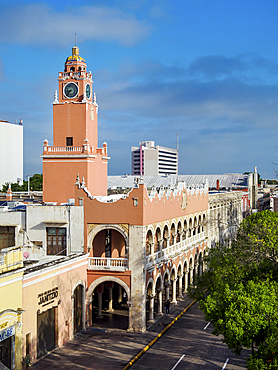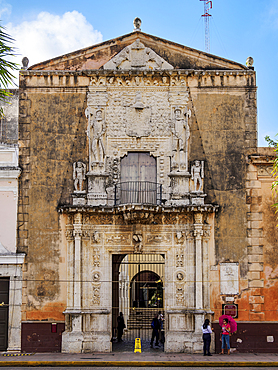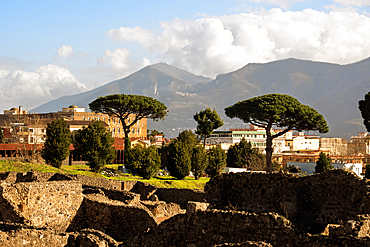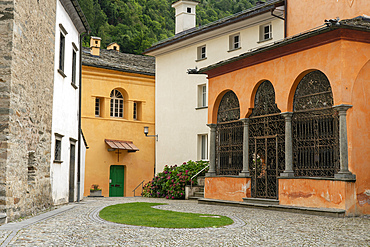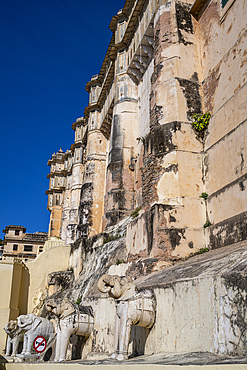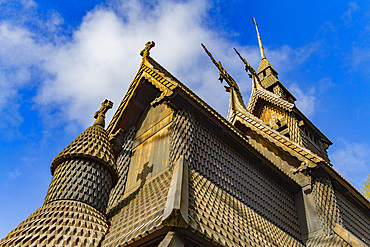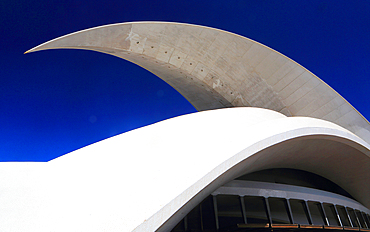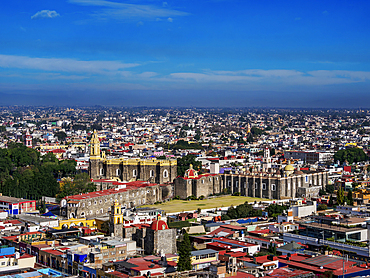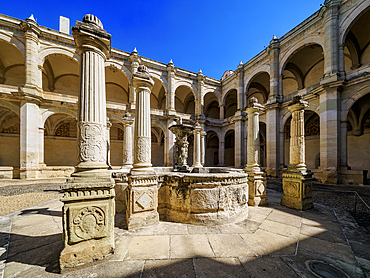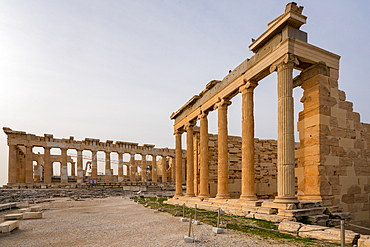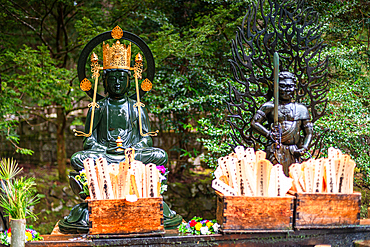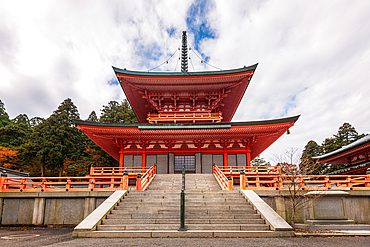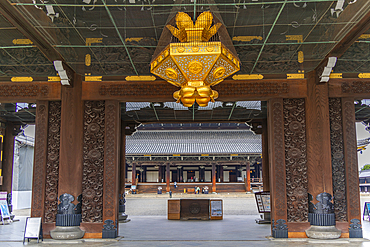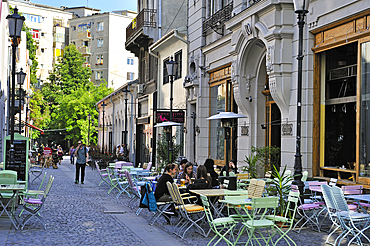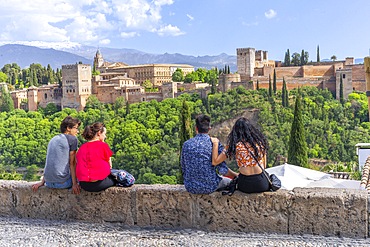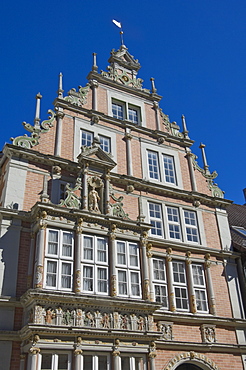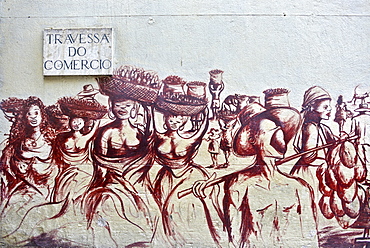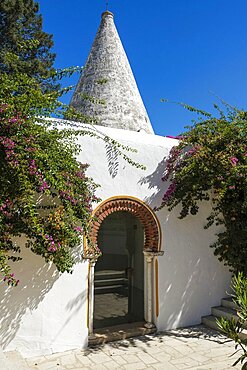Results
84 results found

Colossus of Barletta, Basilica of the Holy Sepulchre, Barletta, Barletta-Andria-Trani, Apulia, Italy

Statue of St. Michael the Archangel, Sanctuary of St. Michael the Archangel, Monte Sant'Angelo, UNESCO, Foggia, Apulia, Italy
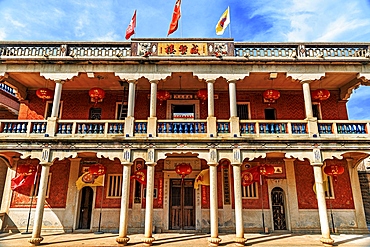
Wulin traditional village, Quanzhou, Fujian Province, China. The village has a strong South East Asian architectural influence as it was built by Chinese emigrants from South East Asia during the Qing and ROC era.
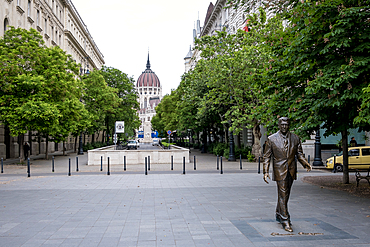
Budapest, Hungary – View of the Ronald Reagan Statue in Liberty Square with the Hungarian Parliament Building rising in the background, symbolizing Hungary’s journey from Soviet influence to democracy.

Am Steinhof church (Church Leopold) designed by Otto Wagner between 1902 and 1907, Art Nouveau, Vienna, Austria
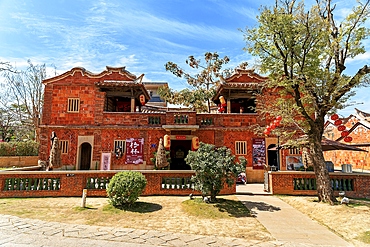
Wulin traditional village, Quanzhou, Fujian Province, China. The village has a strong South East Asian architectural influence as it was built by Chinese emigrants from South East Asia during the Qing and ROC era.

Wulin traditional village, Quanzhou, Fujian Province, China. The village has a strong South East Asian architectural influence as it was built by Chinese emigrants from South East Asia during the Qing and ROC era.

Wulin traditional village, Quanzhou, Fujian Province, China. The village has a strong South East Asian architectural influence as it was built by Chinese emigrants from South East Asia during the Qing and ROC era.
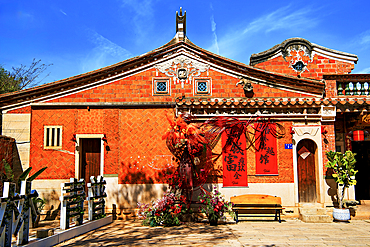
Wulin traditional village, Quanzhou, Fujian Province, China. The village has a strong South East Asian architectural influence as it was built by Chinese emigrants from South East Asia during the Qing and ROC era.

Wulin traditional village, Quanzhou, Fujian Province, China. The village has a strong South East Asian architectural influence as it was built by Chinese emigrants from South East Asia during the Qing and ROC era.
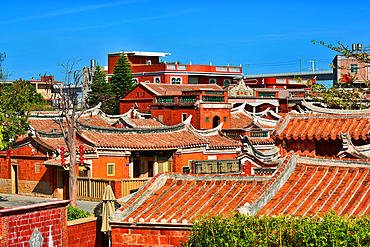
Wulin traditional village, Quanzhou, Fujian Province, China. The village has a strong South East Asian architectural influence as it was built by Chinese emigrants from South East Asia during the Qing and ROC era.

View of colourful architecture at Nagaa Suhayl Gharb on the Nile river near Aswan, Aswan, Nubia, Egypt, North Africa, Africa

View of colourful architecture at Nagaa Suhayl Gharb on the Nile river near Aswan, Aswan, Nubia, Egypt, North Africa, Africa

Chapel of the Rosario, interior detail, Santo Domingo de Guzman Church, City of Puebla, Puebla State, Mexico

Wulin traditional village, Quanzhou, Fujian Province, China. The village has a strong South East Asian architectural influence as it was built by Chinese emigrants from South East Asia during the Qing and ROC era.
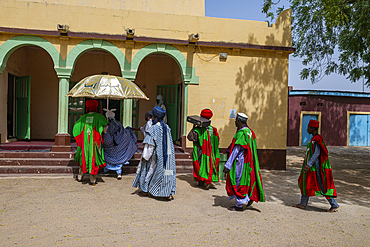
Emir of Daura walking around his palace, Fadar Daurama Emir's palace, Daura Emirate, Katsina state, Nigeria
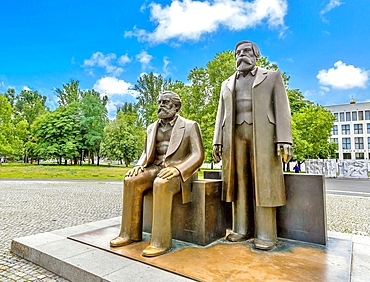
The bronze sculpture by Ludwig Engelhardt of Marx on left and Engels in Marx-Engels Forum in central Berlin, Germany
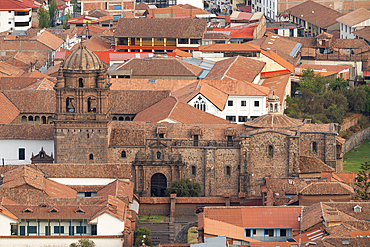
Coricancha and Santo Domingo Convent, UNESCO World Heritage Site, Cusco (Cuzco), Peru, South America

Maman sculpture by the French-American artist Louise Bourgeois, 1911-2010, beside the Guggenheim Museum designed by architect Frank Gehry, Bilbao, province of Biscay, Basque Country, Spain, Europe
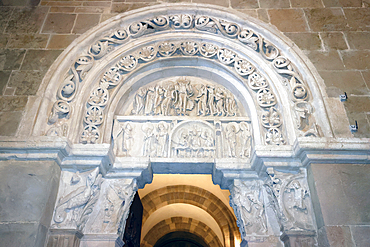
Narthex (porch) sculptures, 12th century Benedictine Abbey, UNESCO, Vezelay, Yonne, Burgundy, France

La Feuille sculpture by Germaine Richier, Musee Picasso, above Baie des Anges, Cap d'Antibes, Antibes, Alpes-Maritimes, French Riviera, France

Egyptian-style lion sculpture of Fontana dell'Obelisco on Piazza del Popolo, UNESCO, Rome, Lazio, Italy

Exquisite carvings of dragons on the pillars at the temple of the Goddess of the Pearl, a local deity, in Puning City, Guangdong Province, China

Abolition of Slavery statue, sculpture by Guadelupian brothers Jean and Christian Moisa, Ile de Goree (Goree Island), UNESCO, Dakar, Senegal

Senegalese artist painter Abdoulaye Diallo in his house and workshop, Ngor island, Dakar, Senegal, West Africa
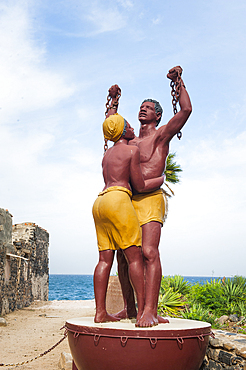
Abolition of Slavery statue, sculpture by Guadelupian brothers Jean and Christian Moisa, Ile de Goree (Goree Island), UNESCO, Dakar, Senegal

Paintings by Baba Ly, Galerie Antenna, African arts, 9 Felix Faure Street, Dakar, Senegal, West Africa
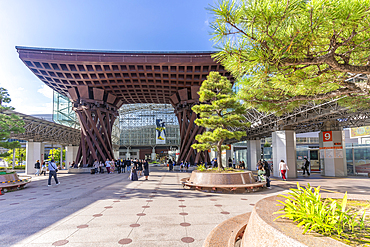
Torii shaped entrance to Kanazawa station, designed by architects Sejima and Nishizawa, Kanazawa City, Ishikawa Prefecture, Honshu, Japan

Starbucks coffee shop, American influence, alongside Chinese street signs in Yu Garden Bazaar Market, Shanghai, China

Church of the Third Order of Our Lady of Mount Carmel (Igreja da Ordem Terceira de Nossa Senhora do Monte do Carmo), Faro, Algarve, Portugal
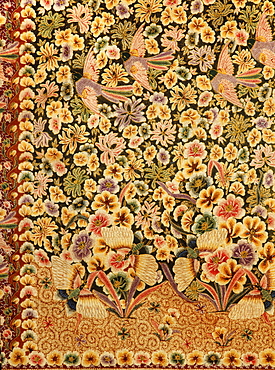
Batik from Pekalongan, dating from wartime, showing Japanese influence, North Coast of Java, Indonesia, Southeast Asia, Asia
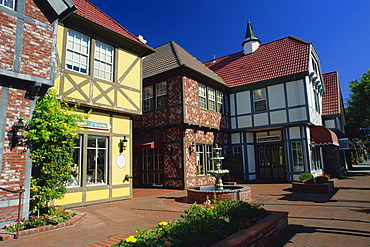
Timber frame houses and fountain showing Danish influence in a typical street in Solvang, California, United States of America, North America
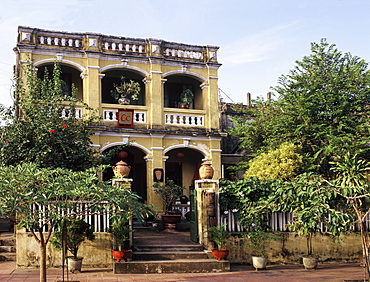
Exterior of a Chinese house with French influence in Hoi An, Vietnam, Indochina, Southeast Asia, Asia
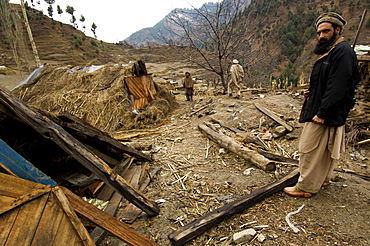
Men from the village of Gangwal, which was devastated in the 2005 earthquake, show makeshift shelters that villagers constructed themselves after the quake, in the upper Allai Valley, NWFP, Pakistan. Most of the villagers fled to tent camps at lower elevations to spend the winter, leaving just a handful of families to look after livestock and possessions. The people of this remote area are Pashtun and until the earthquake, neither the government nor the military had much presence or influence in the region.

Nepal, Kathmandu, painted religious man wearing western sunglasses at Pashupatinath holy Hindu place on Bagmati River.
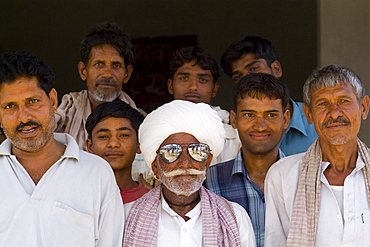
India, Rajasthan, near Ranthambore, old Hindu men, one wearing western sunglasses, in small village of Charu.
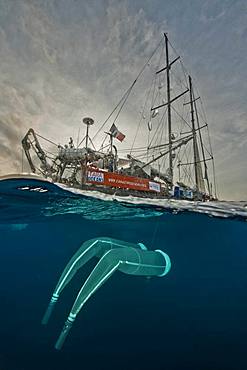
Tara Oceans Expeditions - May 2011. Tara with deployed plancton nets. On "station", the boat is drifting without engine or sails. Tara Oceans, a unique expedition: Tara Oceans is the very first attempt to make a global study of marine plankton, a form of sea life that includes organisms as small as viruses and bacterias, and as big as medusas. Our goal is to better understand planktonic ecosystems by exploring the countless species, learning about interactions among them and with their environment. Marine plankton is the only ecosystem that is almost continuous over the surface of the Earth. Studying plankton is like taking the pulse of our planet. Recently, scientists have discovered the great importance of plankton for the climate: populations of plankton are affected very rapidly by variations in climate. But in turn they can influence the climate by modifying the absorption of carbon. In a context of rapid physico-chemical changes, for example the acidification observed today in the world's oceans, it is urgent to understand and predict the evolution of these particular ecosystems. Finally, plankton is an astonishing way of going back in time ? a prime source of fossils. Over the eons, plankton has created several hundred meters of sediment on the ocean floors. This allows us to go back in time, to the first oceans on Earth, and better understand the history of our biosphere. More than 12 fields of research are involved in the project, which will bring together an international team of oceanographers, ecologists, biologists, geneticists, and physicists from prestigious laboratories headed by Eric Karsenti of the European Molecular Biology Laboratory. Galapagos



